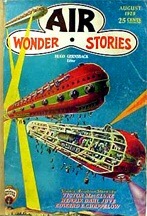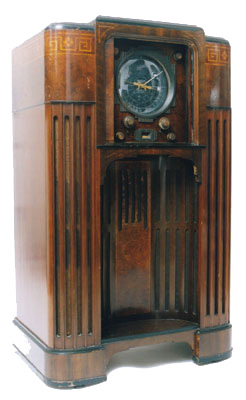These days there are a lot of documentary shows on TV about various professions. I am somewhat addicted to them – I watched whole seasons of shows about hairdressers, crab fishermen, lobster fishermen, tattoo artists in Florida, tattoo artists in Nevada (but not the one about tattoo artists in LA), restaurateurs, ice road truck drivers, custom motorcycle builders, custom car builders, correctional officers and inmates, and the Philadelphia meter maids.
My own profession is mostly untelevisable. Mostly. Well, maybe some TV network might make a show out of Aardvark’d: 12 Weeks With Geeks. I also think that there could be a tiny market for a heavily edited “looking over the shoulder” video on the code writing habits of colorful alpha geeks like Linus Torvalds, Donald Knuth, Brad Fitzpatrick, Dries Buytaert, and maybe even JWZ. I’d buy that for a dollar.
I found that there are two occupations that are unexpectedly similar to that of a software developer: prison inmate and line cook. Both of these are heavily male dominated, involve a disproportionate amount of minorities and are very stressful.
I recognized offices in which I worked all my life in prison layouts. The common criminals usually live in a common area in the center of the prison. This is exactly like a common area of an office, except with bunk beds instead of desks. Some actually have semi-private cubicles. Inmates organize into gangs, just like departments. Gang leaders are usually placed into single or double cells that line the perimeter of the common area to cut down on the communication between them and their reports. Even there you have to be a manager to score an office.
Restaurants are a lot like developer shops. You have your front of the house: waiters (sales people), hosts and managers, food runners (analysts). And then you have your back of the house: chefs (architects and lead developers), line cooks (developers) and prep cooks (producers). There’s no good equivalent for dishwashers in a typical developer shop.
People often assume that a chef primarily cooks and a lead developer primarily codes. Do you know the title of Julia Child’s awesome show? Well, she was neither French nor a chef. Chefs do surprisingly little cooking, they are more like conductors in orchestras. They create menus, divvy up the tasks, check quality, train and supervise cooks. Best chefs, just like the best lead developers do find time to cook, but still spend more time organizing, tasting and researching.


